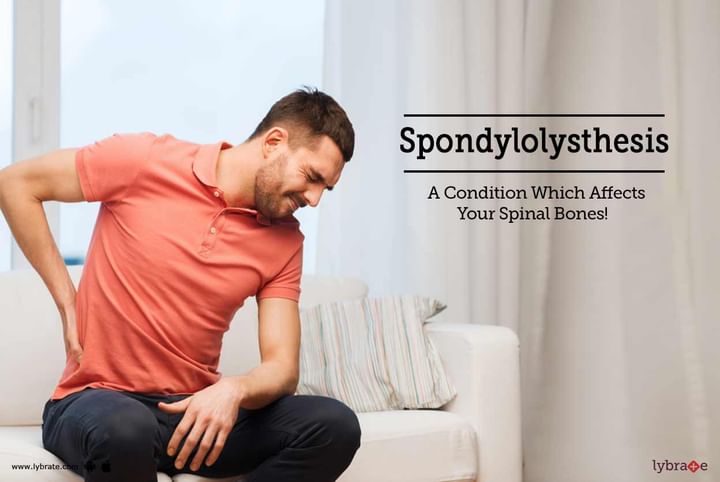Spondylolysthesis - A Condition Which Affects Your Spinal Bones!
Spondylolisthesis refers to the condition which affects your spinal bones or lower vertebrae. Due to this condition one of the lower vertebrae overlaps the bone directly beneath it. Although a painful condition, it can certainly be treated with both surgical and therapeutic methods.
People with spondylolisthesis often find it difficult to perform routine activities. They usually encounter symptoms such as- persistent pain in the pelvic region, lower back; stiffness in the legs, hamstrings and hip muscles.
What causes spondylolisthesis?
The causes of spondylolisthesis can vary with lifestyle, heredity and age. Children may develop this condition due to an injury or birth defect. Nevertheless, people belonging to all age groups are susceptible to spondylolisthesis if the condition is genetic.
Over exercise or strenuous physical activities can cause spondylolisthesis because over stretching and carrying heavy weight or strain puts too much stress on the lower back.
Participating in sports like football, gymnastics, weightlifting are likely to trigger spondylolisthesis.
Spondylolisthesis can also be triggered due to sondylolysis. The vertebrae safeguard the spinal cord and work with tendons, ligaments, joints and muscles to provide flexibility, structure and support to the neck. Any sort of damage or wear and tear in the protective cartilage and bones in the neck can lead to cervical spondylosis, which in turn leads to spondylolisthesis.
What is the treatment for spondylolisthesis?
Treatment of spondylolisthesis depends on the severity of the pain. While non-surgical methods help ease the pain, a surgery is recommended when the bone has slipped to such an extent that your spine doesn’t respond to medications.
Non-surgical treatment includes the following-
- Taking anti-inflammatory drugs like ibuprofen to ease pain.
- Practicing a few physiotherapy exercises to reduce lower back pain.
- Use of minimally invasive Epidural Steroid Injections (EPIs) to get relief from lower back pain and pelvic pain caused by inflamed spinal nerves. When over-the-counter medications fail to treat tSpondylolysthesishe condition or ease the symptoms, then a surgery is inevitable.
- Discectomy- It is a surgical procedure that makes small incisions to remove a part of the damaged disc to relieve pressure from the surrounding spinal cord or nerve root.
- Laminotomy- This refers to a minimally invasive procedure that removes a part of the lamina which is the upper surface of the vertebra. This process is used to create more space within the spinal canal.
- Foraminotomy- With this method excess bone tissues are removed so that they don’t make the foramen narrow and compress the nerve root. Removing these extra tissues reduce back pain and ease symptoms triggered by nerve compression.
Medical attention is crucial for countering symptoms of spondylolisthesis. Although this condition may not seem life-threatening, if left untreated, it can lead to chronic, persistent pain and permanent nerve damage.
In case you have a concern or query you can always consult an expert & get answers to your questions!



+1.svg)
